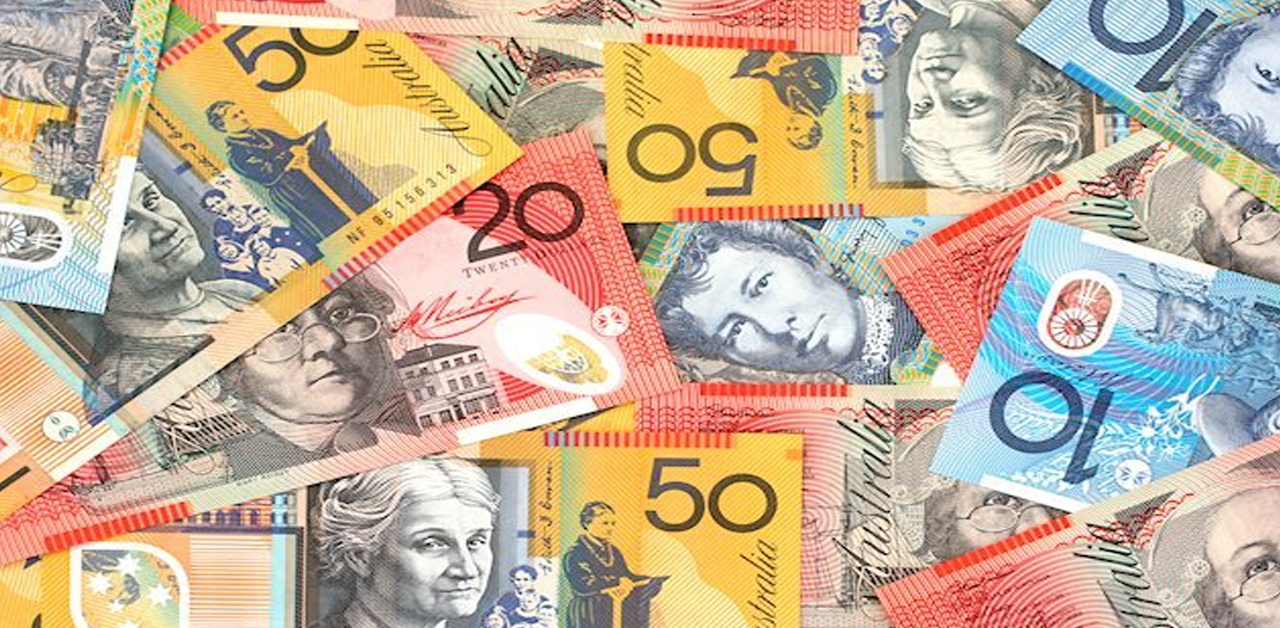Decline in China’s Forex Reserves to $3.1 Trillion Amidst a Stronger US Dollar
China’s foreign exchange reserves have decreased to $3.1012 trillion at the conclusion of October, representing a $13.8 billion reduction from September’s figures, as reported by the State Administration of Foreign Exchange (SAFE) on a recent Tuesday. This downtrend marks the third month in a row where a reduction in reserves has been noted. However, the rate of decline has seen a deceleration compared to the figures from September.
The main driving force behind this dip in reserves is attributed to the strengthening of the U.S. dollar, which has subsequently led to a depreciation in global asset prices. Despite this, analysts and officials have noted that China’s economic resurgence is gathering pace, and the foundational aspects of China’s economic structure remain unchanged, providing a supportive backdrop for the continued stability of the foreign exchange reserves.
The uptick in the U.S. dollar index, which climbed by 0.49 percent in October, coupled with the dollar strengthening by 0.64 percent against the yuan, has been linked to various factors. These include anticipated shifts in monetary policy among key economies, macroeconomic data fluctuations, and geopolitical developments. As a result, the decrease in forex reserves has been the cumulative outcome of adjustments in currency valuations and changes in asset prices.
Furthermore, the U.S. treasury bonds have seen a depreciation due to a downturn in global stock markets, which in turn has led to a rise in bond yields. This shift has placed additional pressure on the valuation of global financial assets. Despite these challenges, China’s foreign exchange reserves have managed to maintain a degree of stability, with reserves remaining steadfastly above the significant threshold of $3.1 trillion. Analysts point out that this reserve level lays a solid foundation for the yuan’s stability in the face of global financial headwinds.
In addition to the forex data, SAFE’s report highlighted that China’s gold reserves have experienced an uptrend, with an increase recorded for the 12th consecutive month. By the end of October, the country’s gold reserves stood at 71.20 million ounces. This continuous accrual of gold reserves underscores China’s strategic approach to diversifying its reserves and reinforcing its economic defense against global financial volatility.
In summary, while China’s forex reserves have seen a decline, the circumstances have not undermined the overall stability of the country’s economic standing. The concerted effort to bolster economic recovery and maintain substantial reserve levels reflects the resilience and strategic financial planning of the Chinese authorities.











